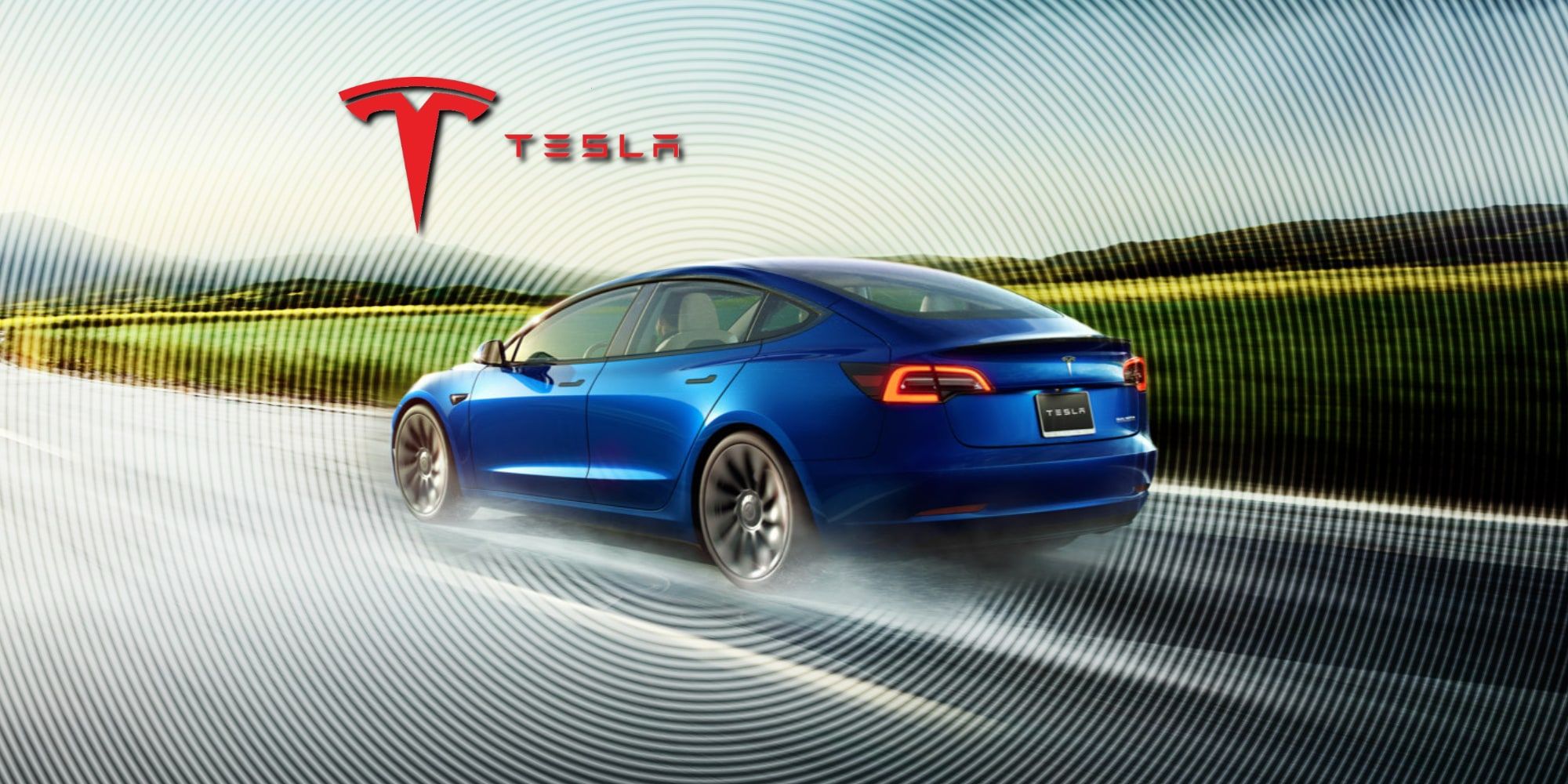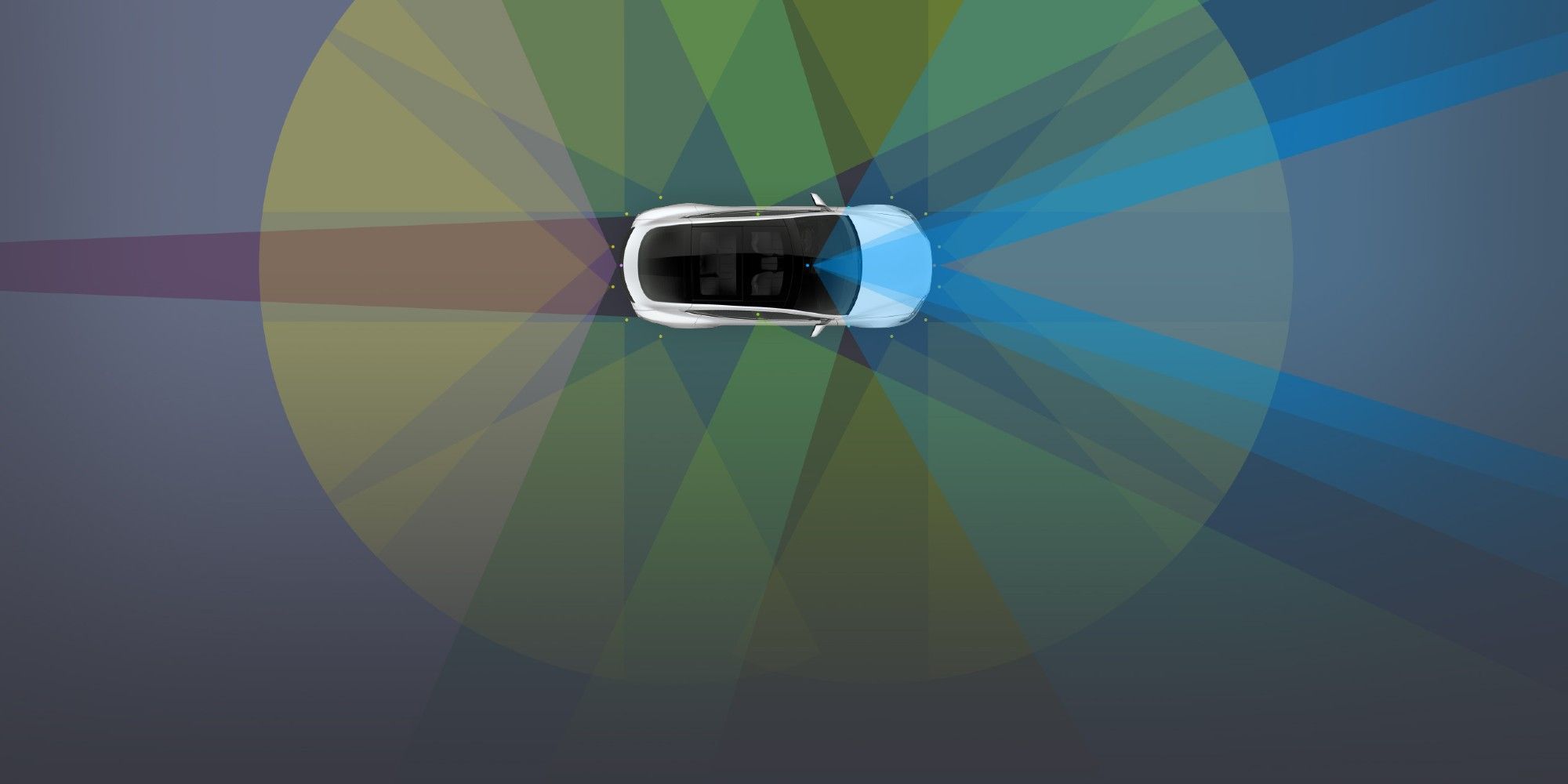Tesla vehicles usually hold top safety ratings, but the Model 3 recently lost that status, according to Consumer Reports and the Insurance Institute for Highway Safety (IIHS). In a complete about-face, both organizations restored the Model 3's status about one month later, regaining the rating of being among the safest midsize luxury vehicles on the market in 2021. Tesla's tendency to make quick changes to its cars via software updates is what caused this bump in the road.
Tesla has a solid history of producing vehicles with excellent safety records. When a Tesla catches on fire or crashes, it is headline news, however, that doesn't imply that it is commonplace or that the Model 3 or any other model is dangerous. Instead, the records show that these are some of the safest cars in the world. Records also show that collectively over one hundred million miles are driven before a single fire. Accidents involving a Tesla with active safety features happen after over two million miles are driven.
Tesla's Model 3 lost its top pick status from Consumer Reports in May of 2021, due to the changing of the driver assist technology to being based solely on cameras, rather than the forward-facing radar used previously. The troubling factor was the removal by the NHTSA (National Highway Traffic Safety Administration) of check marks for forward collision warning (FCW) and automatic emergency braking (AEB). Without third-party testing the effectiveness of Tesla Vision, its camera-only system, the recommendation had to be pulled. Also, Tesla noted that some of these features were limited or inactive during the transition. Just one month later, the nonprofit consumer watchdog Consumer Reports, restored Tesla's status after the IIHS tested the Model 3 and found that its newer Tesla Vision safety systems were sufficient to earn a top pick rating once again. Elon Musk tweeted the news and noted that maximum scores might be achieved for all tests in the future and the Model 3 would be retested again in a month or so.
How Good Is Tesla Vision?
The safety of Tesla's Model 3 when using its newest driver assist and self-driving system, Tesla Vision, was validated by the IIHS after testing, earning a rating of 'Superior' in terms of avoiding or lessening a collision with another vehicle, and it scored an 'Advanced' rating for its ability to avoid or lessen pedestrian impacts. These are the same ratings achieved with the radar-based systems used in Model 3 cars made before April 27, 2021. That means in these specific tests, Tesla Vision is already as good as the previous radar-based system and Musk claims it will get even better in the near future.
While radar might appear to be a more advanced technology, the advantage of a vision-based system might have to do with resolution and noise. Whereas radar is relatively low-resolution, even inexpensive camera sensors provide several megapixels of information and can be tuned to reduce noise by lowering ISO. While consumer demand for better cameras might be driving the advancement of image sensors faster than that of LiDAR and Radar, it remains to be seen whether Tesla Vision will continue to score well in more challenging conditions, such as snow, rain, and fog, which do not reduce the effectiveness of radar, but might affect the new camera-based systems. For now, current testing has determined that the Model 3 is among the safest cars in the world and Musk seems confident that will only improve.
Source: Consumer Reports 1, 2


